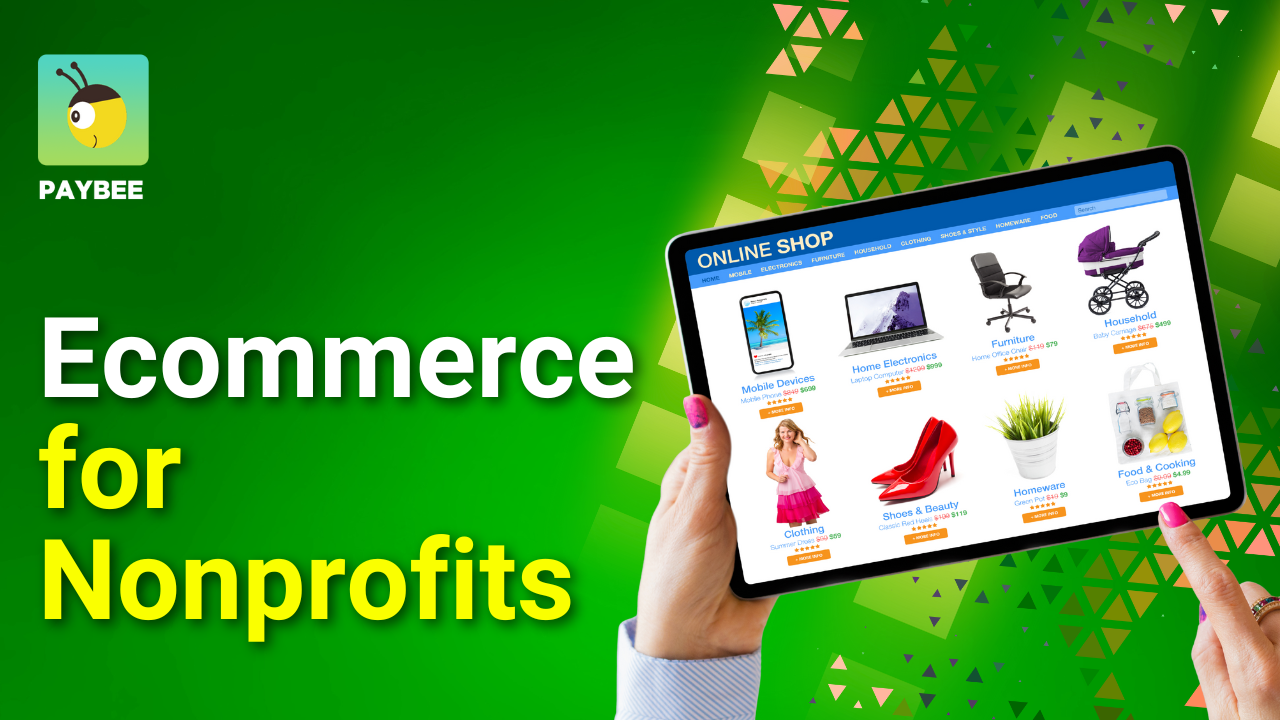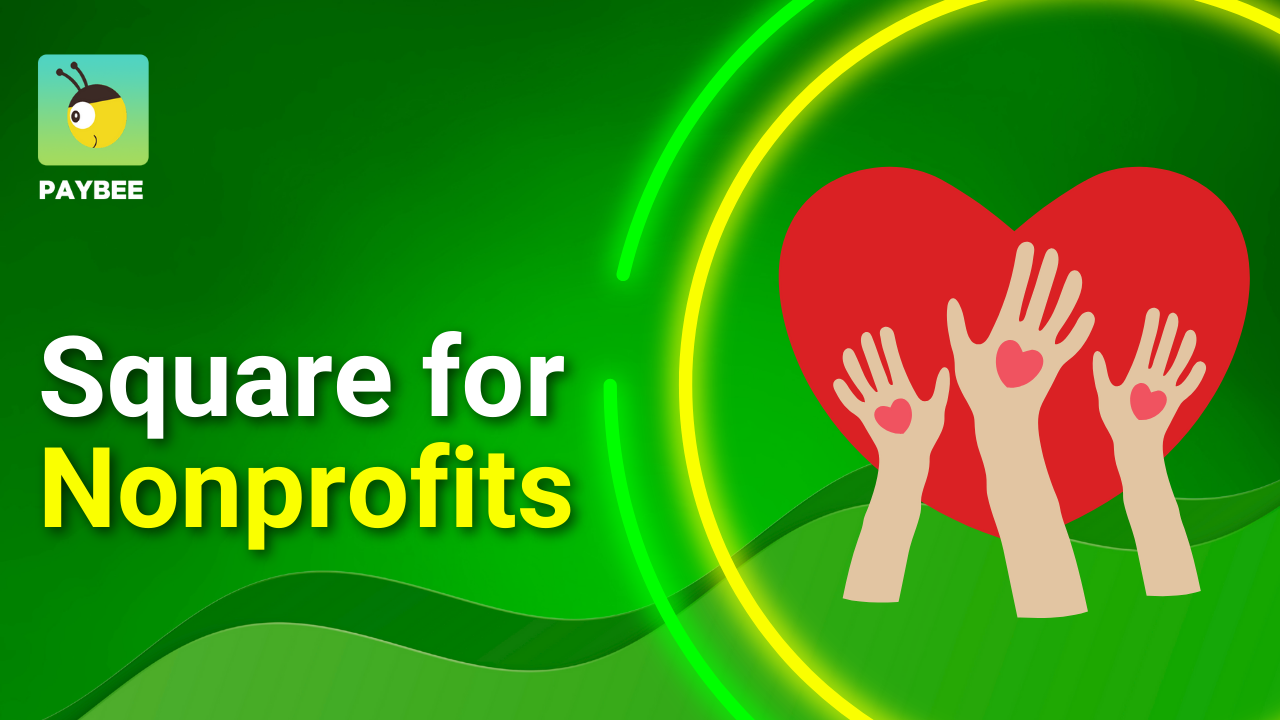How to Make Your Marketing Messages More Donor-Centric
How to Make Your Marketing Messages More Donor-Centric
The only way for your nonprofit to acquire donors, raise funds, and sustain your work is to effectively market your cause. But many nonprofits find it challenging to get donors’ attention with their donation appeals and outreach, making it difficult to earn donors’ support.
If your organization struggles with marketing, it could be because you need to shift your focus. A common roadblock for nonprofits is that their messaging focuses too much on the organization itself rather than its donors. You can solve this problem by using these tips to make your messaging more donor-centric and therefore more appealing to donors:
- Ground your messages in data.
- Tell donor-centric stories.
- Make it easy for donors to act.
- Always incorporate gratitude.
Donor-centric nonprofit marketing is all about showing donors that they can play active roles in your nonprofit’s work to drive positive change. Explore these tips to learn how to celebrate donors’ impact as you invite them to engage with your nonprofit further.
Ground your messages in data.
In order to center donors in your marketing messages, you have to first understand your donor base. The best way to get to know them, aside from talking with them directly over the phone or in person, is with data.
Collect and organize data in your nonprofit’s CRM that gives you a better picture of who your donors are, what interests them, and how to grab their attention. Data that can help you understand your donors may include:
- Demographics: Donors’ ages, locations, and careers may give you insight into their interests and preferences. This data will not only help you understand your existing donors but will also help you target prospective donors with similar interests.
- Giving levels: Supporters who give at higher levels warrant more personalized communications and different types of outreach. By segmenting your donors based on giving level, you can write tailored messages that better center each type of donor.
- Engagement histories: Analyzing how donors engage with your organization differently helps you send personalized invitations to the right people. Look at attendance data from past events and volunteer opportunities to find out what kind of activities donors like best.
- Personal and charitable interests: Note any personal interests you discover in conversations with donors, and pay attention to the types of campaigns each donor engages with. Then, segment donors by interests to suggest more relevant campaigns and events in your outreach.
- Communication preferences: Part of centering donors is respecting the ways they want to interact with your organization. If you see that a group of donors only engages with direct mail, for example, focus your efforts there rather than on digital marketing.
To ensure the donor data you use to guide your marketing is accurate and up-to-date, practice good data hygiene by removing duplicate data and standardizing your data collection practices. Audit your data periodically to check for inconsistencies and update information as needed. This way, you can be confident that your data presents an accurate picture of your donor base, helping you appeal to them effectively.
Tell donor-centric stories.
Once you understand your donors, the next step is to craft messages that give donors a role in your nonprofit’s story. Using any kind of storytelling strategy is a great way to boost your marketing success since genuine stories appeal to readers’ emotions and help them visualize the impact of your cause. However, you can take it a step further by making sure your donors play an active role in every story you tell.
Meyer Partners’ direct mail fundraising guide emphasizes that a key aspect of successful storytelling is relevance to the donor. To ensure your messages are clearly relevant to every donor, leverage these strategies:
- Use donor-inclusive language. As you tell stories to the donor, make it clear that you’re inviting them to join you in working towards your mission. Use language like “you,” “we,” and “our community.”
- Center the impact donors can make on your cause. Include details and concrete examples of the difference donors can make for your beneficiaries. For instance, you might say “Because of generous donors like you, John received a full scholarship, enabling him to complete his final semester of college and graduate.”
Remember to only tell genuine, respectful stories that represent your organization well. Always ask those involved for permission to tell their stories, and give them the option to remain anonymous.
Make it easy for donors to act.
You can also center donors by thinking about their perspectives and needs when writing marketing messages.
For instance, think about where and when are donors likely to read your message. If you send a fundraising appeal via direct mail, they may open it when they’re on their way out the door to run errands. Donors often read nonprofit emails on their phones while they’re going about their days. Most donors are busy, and as much as they want to donate, they may not have time to track down your online giving page or search for information about your event.
With this perspective in mind, you can center donors by making it as easy as possible to take action. Provide straightforward calls to action and clear next steps. Let them know exactly how they can help, and include links or QR codes that lead directly to your donation page.
Getting Attention's awareness campaigns guide provides a great example of a clear and compelling call to action from the nonprofit Color of Change: “Start a petition & amplify your cause.” On their Instagram page, Color of Change paired this call to action with a link to a page on their website that explains how to start a petition, giving readers everything they need to act.
Always incorporate gratitude.
Your nonprofit’s marketing should extend beyond only asking donors to give or engage with your organization. To truly make your messages donor-centric, they should also be infused with gratitude for your donors’ support.
Incorporating gratitude into your marketing strategy could look like:
- Sending a variety of thank-you messages after someone makes a donation, including emails, handwritten letters, and social media shoutouts.
- Thanking donors for their previous contributions in fundraising appeals.
- Expressing gratitude for all contributions to a campaign so far when you ask for donations.
- In year-end donation appeals, reiterating your thanks for all of a donor’s previous gifts that year or the year before.
These efforts will ensure that donors feel valued by your nonprofit every time you communicate with them. Plus, gratitude-focused messages can even help you acquire new donors by showing them that your nonprofit fosters a positive supporter community.
Centering donors in your nonprofit’s messaging can not only boost your marketing success but also improve your relationships with donors long-term. As you implement these strategies, keep an eye on your marketing engagement data and listen to any feedback you receive from donors. Don’t be afraid to adjust your strategy further as you learn more about your donors’ preferences.
Start Fundraising






